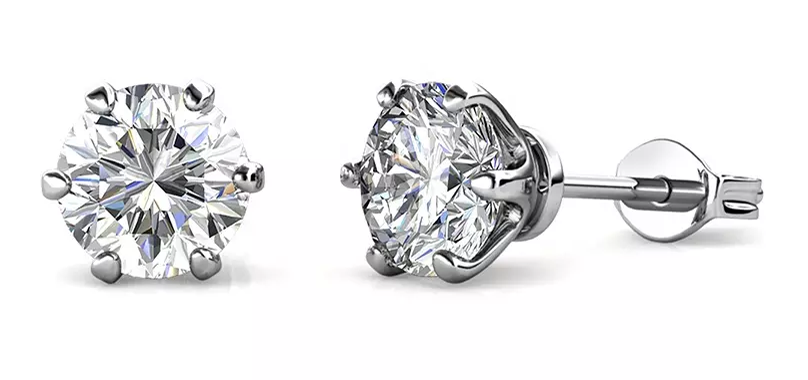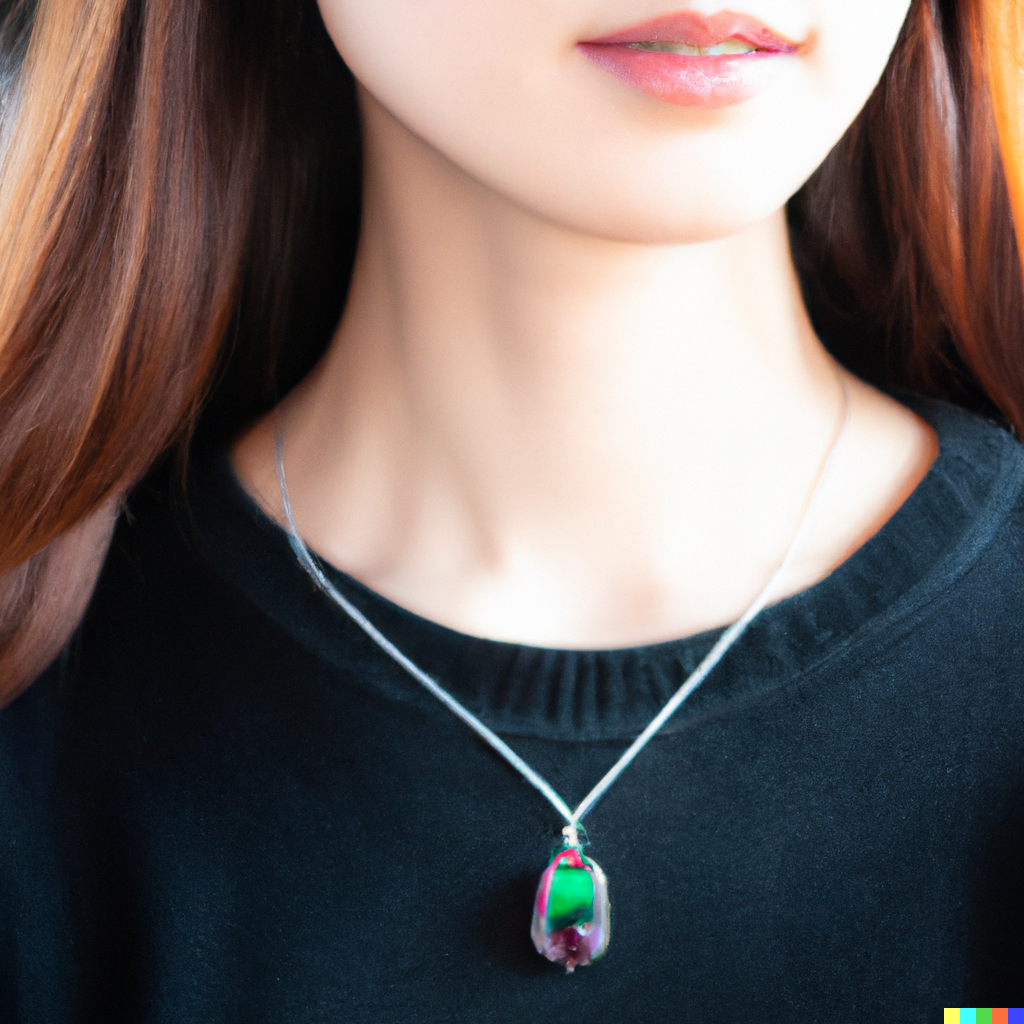Bloodstone
Bloodstones are interested and beautiful gems available in many sizes. The color and number of their spots play the primary role in their value. Stones with larger numbers of deep red or dark orange speckles usually sell for higher prizes. Of course, the artistry of the lapidary also contributes to the value of a piece.

Although bloodstones can be faceted, they are more often cabbed or carved. Like other members of the quartz family, the stone’s hardness makes it an excellent choice for a jewelry stone. The combination of deep green and blood red results in a visually striking material. The red to orange spots distinguish bloodstones from plasma gemstones. The presence of iron oxides, such as hematite, cause these spots. However, some bloodstones may have few or no such spots and that can decrease their overall value depending upon the color of the rest of the stone.

Bloodstones have developed a rich folklore throughout the centuries, particularly through sympathetic associations with blood. For example, the mineralogist and folklorist George F. Kunz relates how these gems have been considered particularly effective against hemorrhages.
Bloodstones have also come to symbolize bravery, perhaps through their associations with blood, vitality, and the Roman god Mars. Bloodstone is the traditional birthstone for March, the month named after this god of war. The red spots may look like drops of blood. The name “heliotrope” is from the Ancient Greek helios and tropein for "sun" and "turning." According to the ancient natural historian Pliny the Elder, this stone gives a red reflection when turned to face the sun while immersed in water.





















Leave a comment